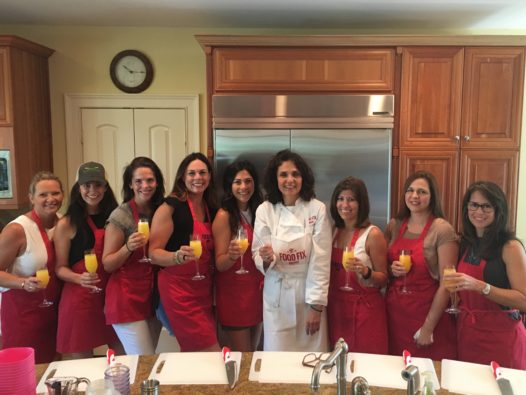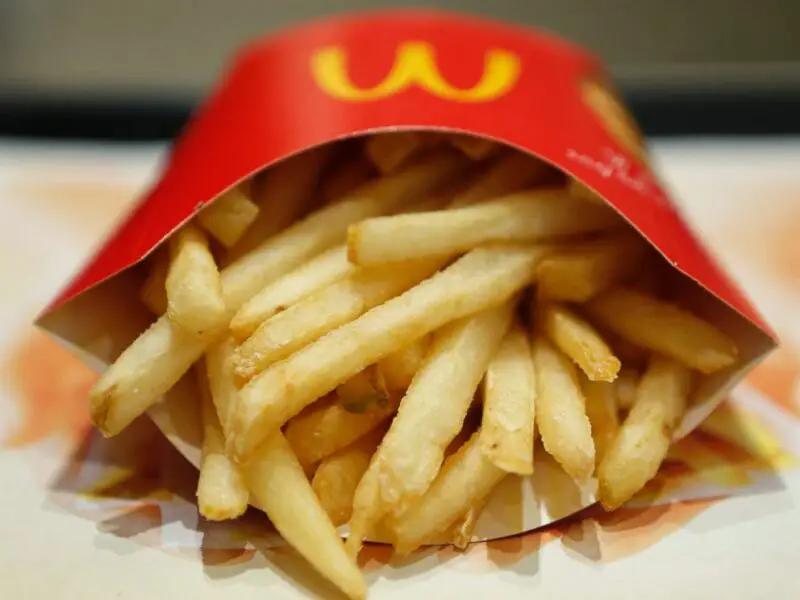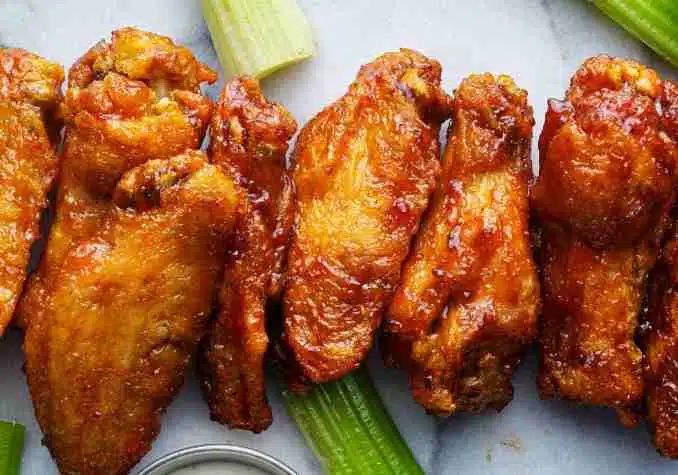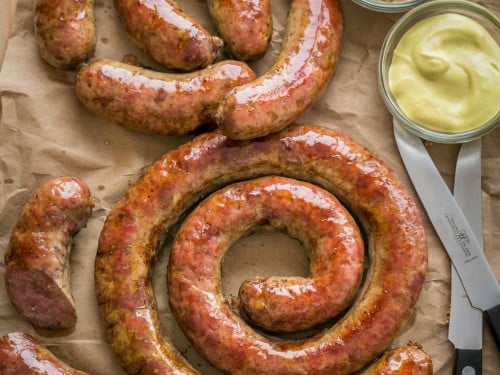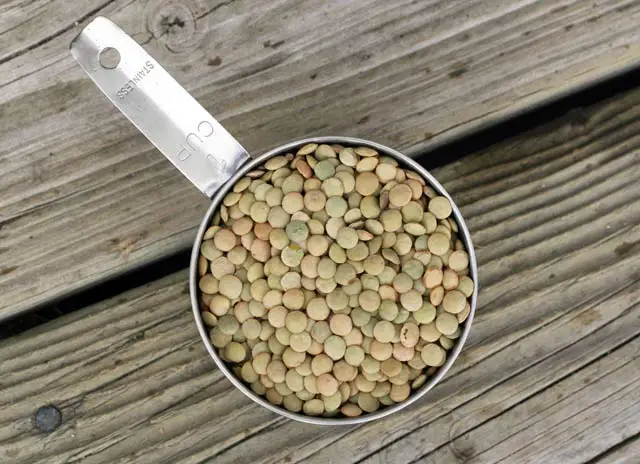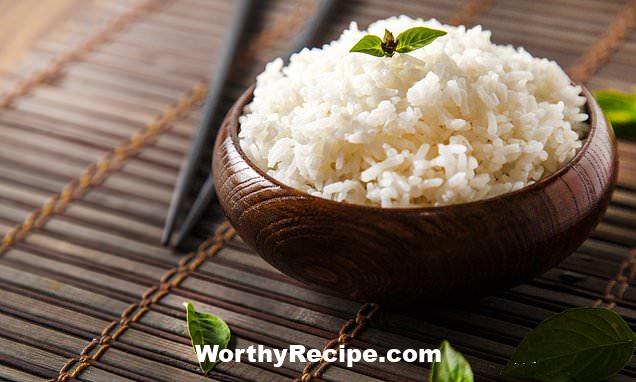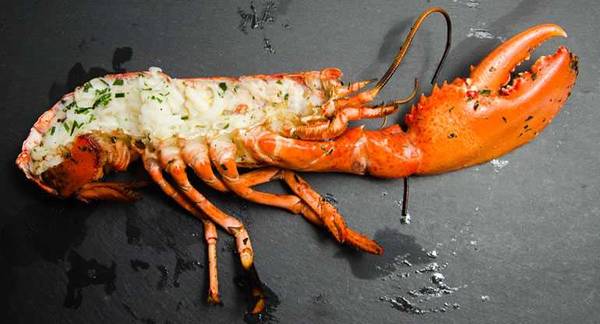How to Dress for a Cooking Class
Cooking classes are a great way to learn new culinary skills and expand your knowledge of various cuisines. However, choosing the right outfit is crucial for both comfort and safety in the kitchen. Whether you’re a novice cook or an experienced chef, dressing appropriately can make a big difference in your cooking class experience. In this article, we’ll explore the dos and don’ts of dressing for a cooking class.
Comfort is Key
One of the most important factors to consider when selecting attire for a cooking class is comfort. Cooking can be a physically demanding activity, requiring lots of standing, bending, and moving around. Therefore, it’s essential to wear clothes that allow you to move freely and don’t restrict your movement in any way.
Here are some tips on how to choose comfortable clothing for your next cooking class:
- Wear breathable fabrics: Cotton, linen, and rayon are good choices because they absorb sweat and allow air to circulate around your skin. Avoid synthetic fabrics such as polyester or nylon because they don’t breathe well and can make you feel hot and uncomfortable.
- Choose loose-fitting clothes: Tight clothing can restrict your movements and make it harder to move around in the kitchen. Loose-fitting pants or shorts with an elastic waistband or drawstring are ideal because they allow you to bend and stretch without feeling restricted.
- Avoid tight shoes: Closed-toe shoes with non-slip soles are recommended for safety reasons, but they should also be comfortable. Avoid high heels or shoes with narrow toes that can pinch or squeeze your feet.
Safety First
Safety is another critical factor to consider when preparing for a cooking class. The kitchen can be a hazardous place with sharp knives, hot stovetops, and boiling liquids. Therefore, it’s essential to wear clothing that provides adequate protection from potential hazards.
Clothing to Avoid
Some clothing items should be avoided in the kitchen because they can pose a safety risk or hinder your cooking ability. Here are some items you should avoid wearing during a cooking class:
- Long, loose sleeves: Long sleeves can get caught on pot handles or stove burners, creating a fire hazard. Loose sleeves can also drag through food or get stained with hot liquids, causing skin burns.
- Jewelry: Rings, bracelets, and long necklaces can get snagged in equipment or food, causing injury or contamination. If you must wear jewelry, keep it simple and unobtrusive.
- Open-toed shoes: Sandals or flip-flops offer little protection from spills or hot liquids and can create a slipping hazard on wet kitchen floors.
- Bulky clothing: Avoid wearing bulky sweaters or jackets that can catch fire near the stove or oven.
Protective Attire
To ensure your safety in the kitchen, it’s best to wear protective attire that can help prevent accidents. Here are some items of protective clothing you should have on hand before attending a cooking class:
- Apron: A good-quality apron made of durable fabric will protect your clothes from spills, splatters, and stains. It also adds an extra layer of insulation between you and hot pans.
- Oven mitts: Thick oven mitts provide good protection from heat when handling hot pots, pans, or baking dishes. Choose ones with silicone grips for added stability.
- Non-slip shoes: Closed-toe shoes with non-slip soles are essential for preventing slips and falls on wet kitchen floors.
Dressing for the Occasion
Different cooking classes may require different types of attire depending on the style of cooking or cuisine being taught. For example, a pastry class may require more delicate clothing than a barbecue class. Here are some suggestions on what to wear for different types of cooking classes:
- Baking or Pastry Class: In a baking or pastry class, precision and delicacy are key. Wear lightweight, breathable fabrics that allow you to move your arms freely, such as a cotton or linen shirt. Short sleeves or three-quarter-length sleeves are ideal for more delicate tasks that require finger dexterity.
- Barbecue or Grilling Class: In a barbecue or grilling class, you’ll be exposed to smoke, heat, and outdoor elements. Wear clothes that can get dirty, such as old shorts and t-shirts. A brimmed hat and sunglasses will help protect your eyes from smoke and glare.
- Ethnic Cuisine Class: If you’re taking an ethnic cuisine class, consider dressing in culturally appropriate clothing that reflects the region’s traditions. For example, in an Indian cuisine class, you might wear loose cotton pants and a kurta top with sandals.
Accessorizing
Accessories can make a big difference in maintaining proper hygiene during a cooking class. Here are some simple accessories that will keep you feeling clean and focused:
- Hair Tie: Keep your hair out of your face by wearing a hair tie or headband. This will prevent stray hairs from falling into food and help keep your workspace hygienic.
- Chef’s Hat: A chef’s hat not only looks professional but also helps keep hair contained during cooking. It’s also useful for preventing sweat from dripping into food.
Consider the Climate
Weather patterns can also play a role in what attire is appropriate for a cooking class. Summer months may require light clothing to stay comfortable, while winter months may require dressier layers to stay warm. Here are some tips on how to prepare for different climates:
- Summer: Wear lightweight, breathable fabrics that allow air to circulate around your skin. Choose light colors that reflect sunlight and keep you cool such as linen or cotton.
- Winter: Dress in layers so that you can easily remove clothing when necessary. Wear long-sleeved shirts and sweaters made of wool or synthetic materials that trap heat close to your body.
Putting it All Together
Now that you know the dos and don’ts of dressing for a cooking class, it’s time to put them into practice. Here’s a checklist you can refer to when preparing for your next cooking class:
- Wear comfortable, breathable fabrics
- Avoid potentially hazardous clothing items such as long, loose sleeves or open-toed shoes.
- Wear protective attire such as an apron, oven mitts, and non-slip shoes.
- Dress appropriately for the type of cooking class you’re attending.
- Accessorize with a hair tie or chef’s hat to maintain proper hygiene.
- Be prepared for the weather by wearing appropriate clothing layers
Conclusion
Dressing appropriately for a cooking class is essential for both comfort and safety in the kitchen. By following these tips, you’ll be able to enjoy your cooking experience and learn new culinary skills without compromising your safety or mobility. Remember to dress appropriately according to the type of cuisine you’re learning and always prioritize comfort above fashion.
Additional Resources
If you’d like to learn more about dressing for a cooking class, here are some additional resources you may find helpful:
- Real Simple: How to Dress for a Cooking Class
- Food Network: How to Dress for Culinary School
- The Spruce Eats: What to Wear in the Kitchen: Restaurant and Cooking School Attire
- Cooking Light: 11 Things You Need to Bring to Your First Cooking Class
Frequently Asked Questions
#### What should I wear to a cooking class?
For a cooking class, it’s essential to wear comfortable clothing that allows easy movement. Avoid wearing clothes that are too tight or restrictive. You might also want to wear clothes that you don’t mind getting a little bit messy in case any spills or splatters happen in the kitchen.
#### Are there any specific dress codes for cooking classes?
Many cooking classes don’t have a strict dress code, but some might require you to wear closed-toe shoes or even an apron. It’s always best to check with the instructor or the venue beforehand to avoid being turned away.
#### Can I wear jewellery during a cooking class?
It’s best to avoid wearing any jewellery that might get in the way or pose a safety hazard. For example, long earrings or necklaces might get caught on something while you’re cooking, and bracelets could interfere with using utensils comfortably. Keep it simple and stick to minimal accessories.
#### Should I do my hair and makeup for a cooking class?
You don’t have to be too concerned about your appearance during a cooking class, but it’s always good practice to tie back long hair so it doesn’t get in the way of food preparation. As for makeup, it’s best to avoid heavy makeup or anything that might smear and smudge while you’re cooking. Keep it simple and natural-looking if you want to wear makeup at all.
